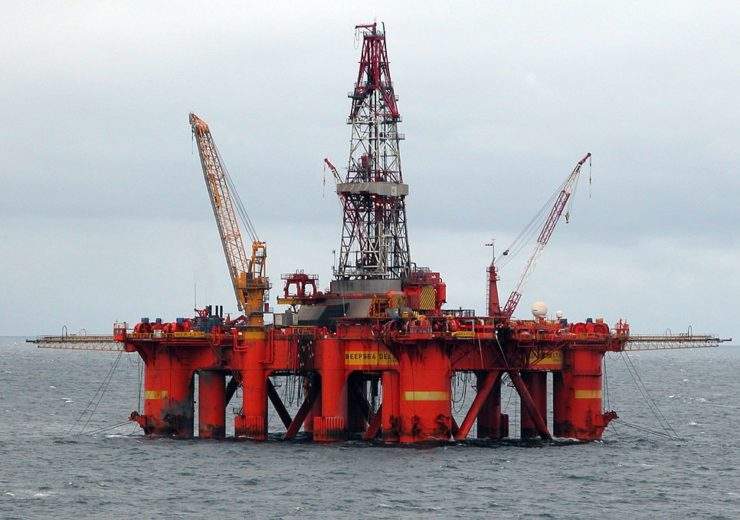Despite a record low year for North Sea oil and gas extraction projects, two studies suggest there could be a boost in investment on the way

Investment in North Sea oil and gas exploration could be on the rise over the next three decades (Wikipedia Commons/Erik Christensen)
Energy companies will spend more than $40bn (£31bn) on new North Sea oil and gas extraction projects over the next seven years, according to a new report.
A total of 67 crude and natural gas projects by four countries operating in the North Sea are expected to start operations between this year and 2025, says data and analytics company GlobalData.
New project investment in the oil-rich ocean is expected to be worth $43.1bn (£33.6bn), of which about $18.9bn (£14.7bn) will be spent to bring the planned projects online and $24.2bn (£18.9bn) invested on key announced schemes.
The most active company will be Equinor ASA with nine planned and announced projects.
Another analysis earlier this week said $426bn (£330bn) could be spent on North Sea oil and gas extraction projects by 2050.

GlobalData energy analyst Jonathan Markham said in 2025, key North Sea oil and gas exploration projects are expected to produce 1.3 million barrels of oil per day and 1.9 billion cubic feet of gas.
He added: “In terms of the number of planned oil and gas projects, the UK leads with 11, followed by Norway and the Netherlands with eight and two, respectively.
“The UK also leads in terms of announced projects with 25, followed by Norway and the Netherlands with 18 and two, respectively.”
Countries behind North Sea oil and gas extraction projects
In the GlobalData report, titled H2 2018 Production and Capital Expenditure Outlook for Key Planned Upstream Projects in the North Sea – Equinor ASA Leads in Total Oil and Gas Production, it ranks the countries behind the North Sea investments.
Norway is expected to be the biggest investor with $21.2bn (£16.6bn) between 2018 and 2025, comprising $12.8bn (£10bn) on key planned projects plus $8.4bn (£6.6bn) on announced projects.
The UK comes a close second with a planned $20.2bn (£15.8bn) in capital expenditure, which includes $5.6bn (£4.4bn) on key planned projects and $14.6bn (£11.4bn) on announced projects during the same period.
Equinor ASA, Lundin Petroleum AB and Petoro AS have the highest level of spending on planned projects with $6.4bn (£5bn), $2.2bn (£1.7bn) and $1.9bn (£1.5bn) respectively.
Bridge Petroleum 4 Ltd ($4.7bn/£3.7bn), Aker BP ASA ($2.2bn/£1.7bn) and Whalsay Energy Ltd ($2.1bn/£1.6bn) have the highest level of spending on early-stage announced schemes.
Renaissance for North Sea oil and gas extraction projects after slow year
The GlobalData study is the second major report to be published this week about North Sea oil and gas extraction projects.
Research by Aberdeen University increased forecasts for energy production off Scotland’s North East coast, with up to 17 billion barrels of oil predicted to be extracted between 2018 and 2050.
The investment would be worth $426bn (£330bn), with costs at $70 (£55) per barrel.

But if costs decrease to $60 (£47) per barrel, extraction and operating costs would be reduced to $348bn (£272bn).
Commercial extraction of North Sea oil dated back to 1851 and it is estimated 40 billion barrels have been extracted since then.
But the number of new oil and gas wells has crashed to a record low in recent years, with Oil & Gas UK figures showing just four exploratory wells were drilled in the first eight months of 2018 and the most optimistic predictions suggesting 12 by the end of the year.
It would put this year on par with 1965, which was just the second year the modern era of exploratory work got underway.


